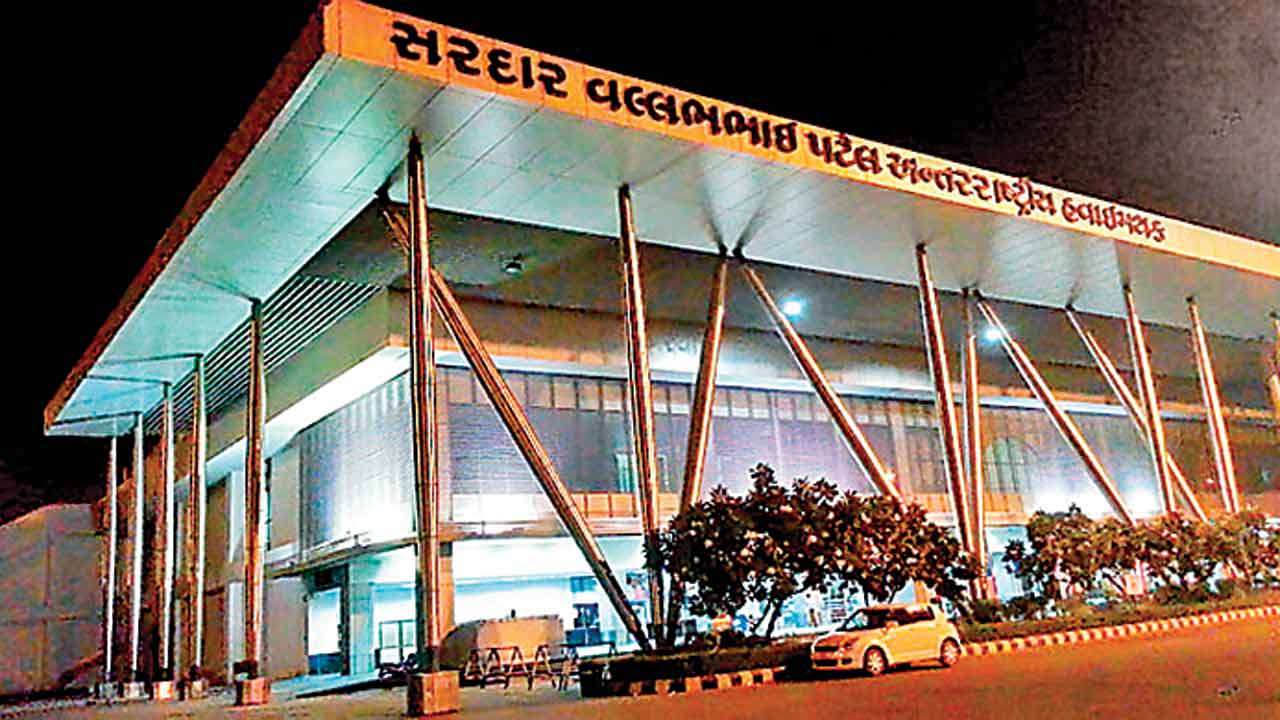Aviation Future by Airbus
Aviation Future by Airbus:

Every year Airbus conducts an International competition for all aviation enthusiasts i.e. “Fly Your Ideas”. Hundreds of entries comes every year. Various kinds of inventions and solutions of multiple problems gets resolved through this competition.
An energy harvesting wing skin or a bird-protection system for airports that has the animals’ well-being in mind are among this year’s finalists of Airbus’s bold ideas competition.
Five teams from all over the world have been selected from more than 500 entries by the Fly Your Ideas competition organisers to fight for the €30,000 top prize. The competitors had to address one of six topics identified by Airbus focusing on future sustainable aviation.
Among them is a concept of Japanese students from the University of Tokyo that envisions a drone system that would not only protect aircraft from bird-damage but would also consider the actual safety of the animals and guide them to safe ‘birdports’. Through sophisticated methods, the drones would manipulate whole flocks of birds in order to make them leave the dangerous areas. The birdport would then present a pleasant environment with lots of decoys where bird songs would be played to create the impression of a natural habitat.
Another project, by a team from the Netherlands, proposes coating the aircraft’s wings with a piezoelectric skin capable of harvesting energy from the aircraft’s vibrations and wing-flexing. The energy could be used to power the planes’ secondary system such as entertainment or lighting. The technique would help reduce the aircraft’s carbon footprint.
Aviation Future
Reducing carbon footprint of aviation is the goal of another of the competing teams, from City University London, which proposed a system that picks up energy from the tarmac during taxiing. As energy consumption of aircraft is optimised for flying, moving on the ground is disproportionately power-hungry. The proposal foresees that powering planes during ground operations by alternative means could reduce their overall carbon emissions by 50 per cent.
A team from China proposed a game console-inspired infra-red guidance system that would guide aircraft more efficiently during taxiing. The system, the students believe could enable air traffic controllers to decrease time gaps between planes, which would lead to more efficient operations.
The final semi-finalist is a project by a Brazilian team proposing a trolley that would reduce in-flight waste.
The five finalists will meet on 27 May in Hamburg, Germany, where they will present their work in front of Airbus representatives and other industry experts.
Fly Your Ideas



